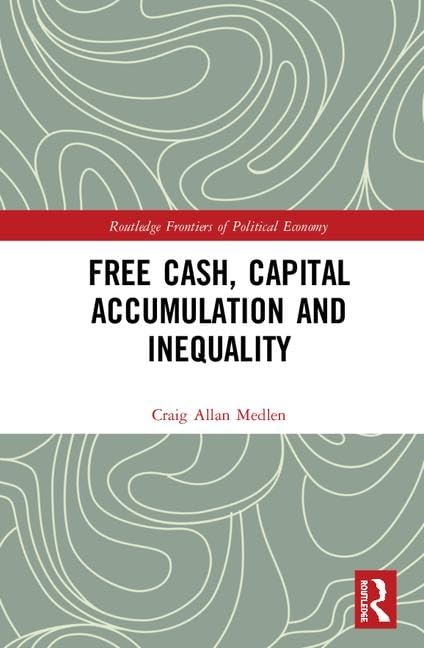
In providing flow collateral, free cash is the intermediate term between the safest debt available—the treasury bonds making up the deficits that generate the free cash—and the far riskier layers of corporate debt supported by the free cash. The irony of this debt layering is that the larger the federal deficits, the greater the amount of free cash generated, and the higher the level of corporate debt and risk. In that the mega-piles of free cash and debt-generated funds find their way into the stock market, the wealthy benefit directly by federal deficits. In that the federal deficits have arisen largely as a result of tax rate declines on the rich, these equity gains through capital spillage can be considered derivative gains from tax rate reductions.
Chart 4 displays the result of including all three channels of cash spillage into the stock market (dividends, mergers, and stock buybacks), each expressed as a fraction of corporate investment. From the late 1990s, this spillage averaged over 80 percent and often exceeded the monies poured into new investment.


